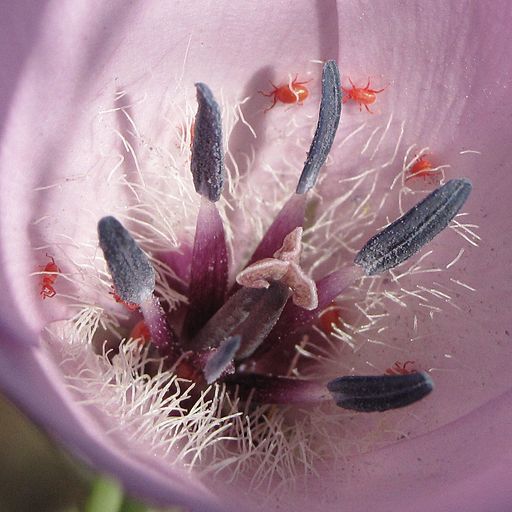Spider Mite infestation banished by ‘The Wizard’
Posted: March 1, 2013 Filed under: Spider Mite Control, Spider Mites, Testimonials | Tags: mite, mites, organic spider mite control, Red Spider Mite, spider mites, spidermite Leave a comment »Spider mite infestations completely cleared in this feeback received today from ‘the wizard’ in Dublin, who used MiteShield twice for his .
I was a little skeptical about Miteshield at first. When my girlies came under attack I used three different products simoultaneously in an effort to save my crop, one of which was mite shield. The mites went away for a while but returned a few weeks later.
This time I was a little less panicked and used Mite Shield alone to try to fix the problem. To my delight and surprise the mites disappeared within two days and did not return for the duration of the growing season.
I use soil and follow organic methods to the letter in a relatively low tech setup. Based on my experience I would use mite shield again and recommend it to growers who want to maintain the integrity of their flowers and keep things chemical free.
Thanks very much for your feedback Mr. Wizard. We’re glad MiteShield’s magic worked for your spidermite problem. Enjoy the fruits of your labour.
Spider Mite Hygiene and Plant Stress
Spider mite control using MiteShield is simple and quick. It may happen if your plant is weakened somehow that it will need to be-reapplied after a number of weeks has passed. If this happens, make sure your plants have the adequate balance of nutrients and are not stressed in any way. Re-occurrence is a sign that the plant is stressed somehow. Since MiteShield works by building a plant’s resistance to the spider mite, if the plant is depleted or stressed somehow then re-infestation can occur.
Spider mite life cycle is one of exponential growth so it is essential to practice good hygine around your plants to prevent mites from gaining a foothold. Here’s some sensible advice about measures you can take to prevent an infestation from OrganicGardening.com.
FAQ: Hydroponics and Spider Mite control using MiteShield
Posted: February 4, 2013 Filed under: FAQ, Hydroponics, MiteShield, Spider Mite Control | Tags: hydroponics systems, hyrdoponics, mites, miteshield, non-toxic, organic, organic spider mite control, spider, spider mite control, spider mites Leave a comment »For Spider Mite control in hydroponics systems, simply prepare using the standard instructions using 2 litres for every 10 plants on the system, or 200ml of prepared solution per plant.
Pour this solution into the reservoir and allow it to circulate for 12 hours – but not more than a 24 hours. If you are using Coco – you may water each individual plant with 200ml of the solution.
Hydroponics and clearing MiteShield using UV light after treatment.
In a Hydroponics system the risk is that MiteShield will continually circulate in the water and ‘overdose’ the plant. It’s not a good idea to overstimulate your plants with MiteShield this way.
To avoid this from happening, we advise that once the treatment period explained above is completed, the circulating water in your hydroponics system be exposed to UV light at some point in the circuit – typically the reservoir.
The UV light can be introduced in a few different ways
- Halogen bulbs emit sufficient UV light for the MiteShield to be denatured. However, many of these bulbs have UV filters. Check with your manufacturer to find out which type you have. If you’re growing indoors using Halogen bulbs which emit UV light, then no further steps may be necessary.
- A standard, inexpensive fish-tank UV light can be shone into the reservoir for between 2-6 hours – enough time for all the water in the circuit to be exposed to it. You can also buy inexpensive blacklight/UV lightbulbs that fit in standard sockets from hardware shops, pet shops or online.
- The UV light in direct sunlight will also do the trick.
After MiteShield has been applied and mixed into the hydroponics system, shine your UV light into the reservoir for at least 3 hours with the water circulating to denature the preparation.
Now sit back and watch the mites gradually clear off your plants over the course of two to six days.


